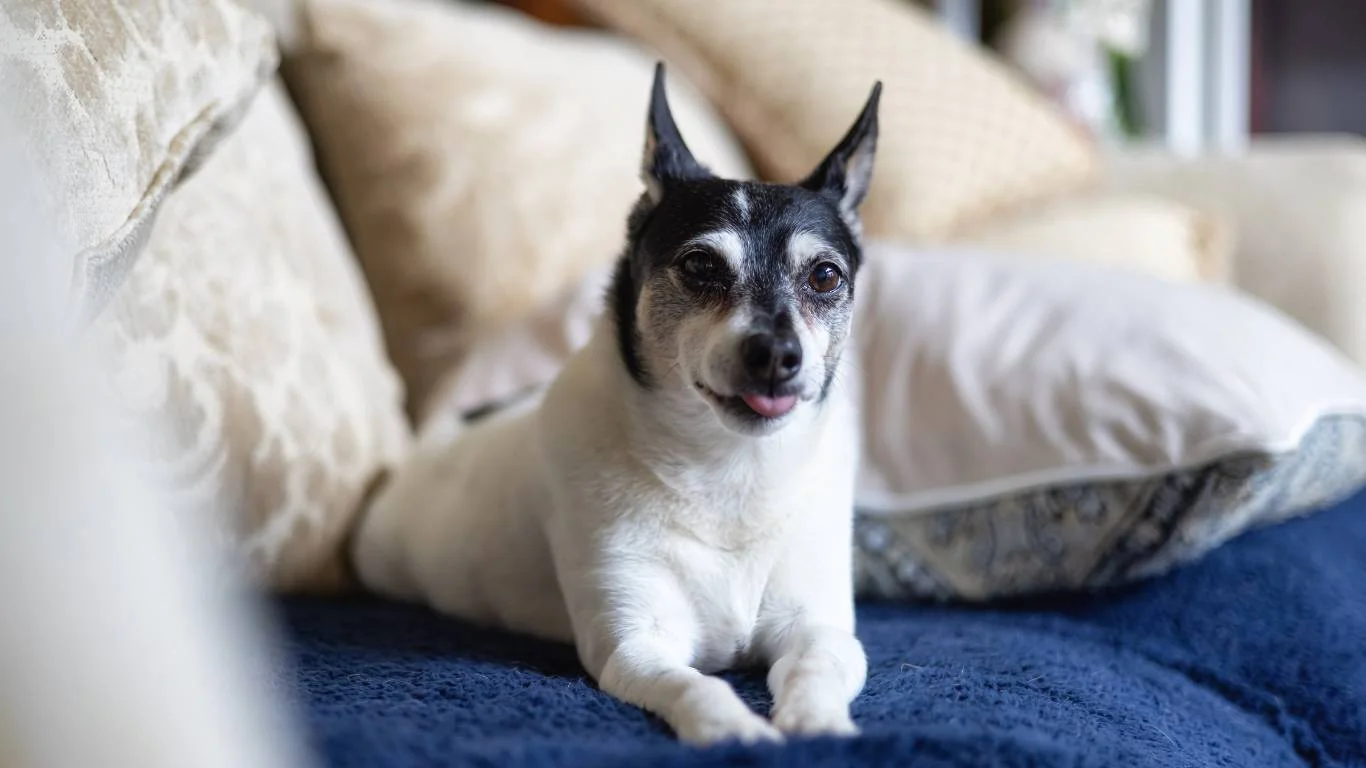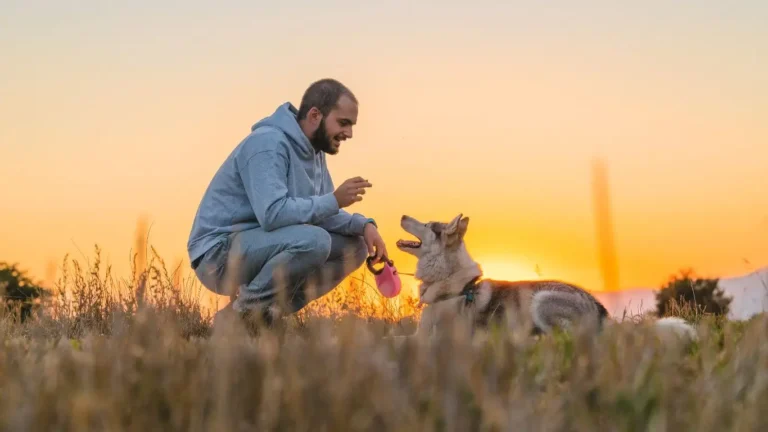Why is My Dog Losing Fur in Patches? Top Causes and How to Fix It
If you’ve noticed your dog’s fur falling out in patches, it can be alarming and leave you wondering, “Why is my dog losing fur in patches?” As a Veterinary Assistant with a focus on nutrition, I’ve seen firsthand how this issue can be both distressing for the pet and confusing for their owners. Whether it’s a mild case or something more serious, understanding the cause of your dog’s fur loss is the first step in getting them the care they need. In this post, I’ll break down some common reasons behind this condition, offer advice on how to identify the cause, and share tips on what you can do to help your pup feel better.
What Causes My Dog to Lose Fur in Patches?
When it comes to your dog’s health, fur loss can be linked to a variety of issues. A sudden patch of missing fur might seem like a mystery, but there are several key factors that could be causing this problem. It’s important to pay attention to other signs, like itching, redness, or bald spots, as these can help pinpoint the underlying issue.
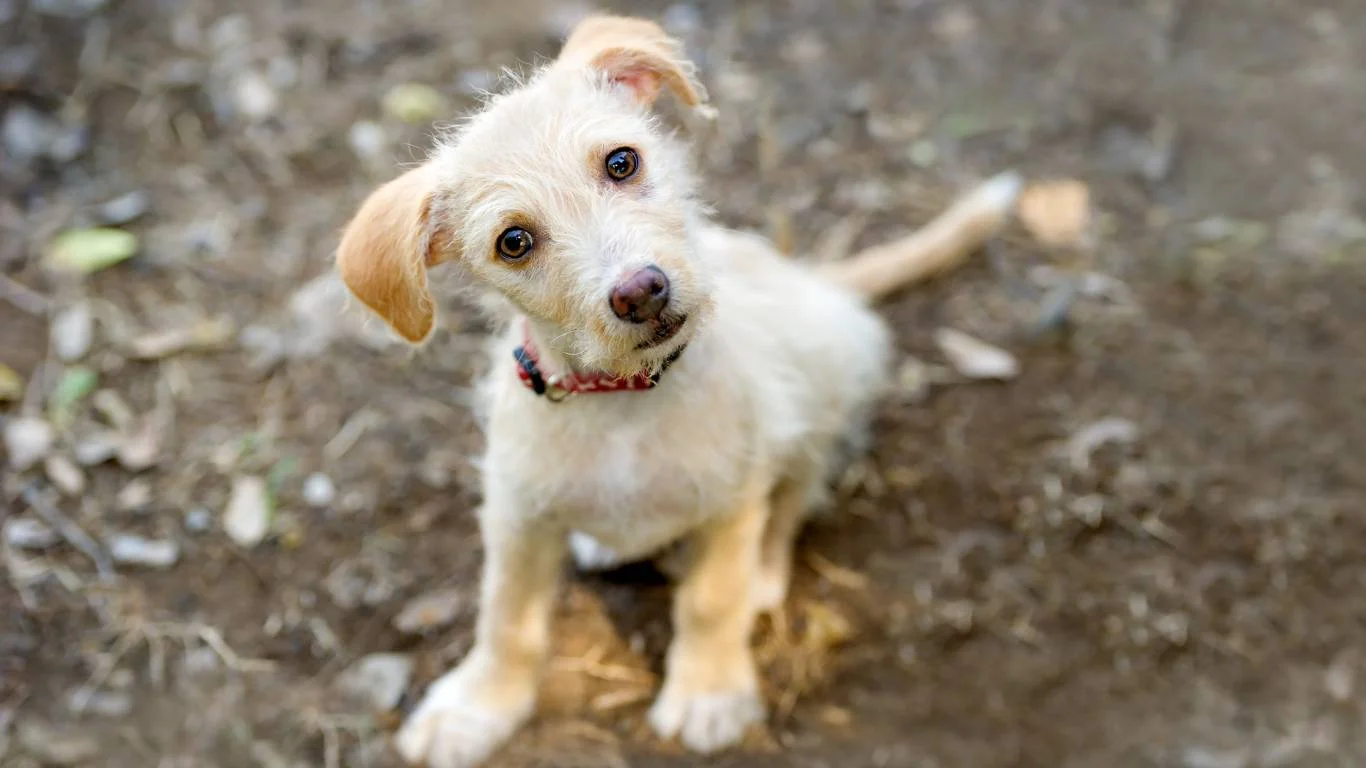
1. Fleas, Ticks, and Mites
One of the most common causes of patchy fur loss in dogs is external parasites, like fleas, ticks, and mites. These tiny invaders can cause your dog to scratch and bite at their skin, leading to fur loss in specific areas. If your dog has fleas, you might notice them scratching more frequently, and you may even see the fleas themselves on your dog’s skin.
Tip from personal experience: If your dog is scratching excessively and you notice little black specks on their skin (which are actually flea dirt), it’s a sure sign that fleas are at the root of the issue. Don’t wait! Treat your dog with a flea preventative to stop the cycle and avoid further damage to their coat.
2. Allergies Can Play a Huge Role
Allergies are another big culprit when it comes to fur loss. Just like humans, dogs can be allergic to a variety of things, including certain foods, environmental factors (like pollen), or even flea saliva. If your dog is allergic to something, it can lead to itchy, irritated skin, and in turn, fur loss in patches.
Food allergies are often overlooked, but they can be a major factor. In my experience, when a dog has a food allergy, it usually results in chronic itching, paw licking, and hair loss around the ears or paws. If your dog seems to be scratching a lot after meals, it could be time to check their diet.

3. Fungal Infections (Ringworm)
Another reason your dog may be losing fur in patches is a fungal infection, such as ringworm. Despite its name, ringworm isn’t caused by a worm—it’s actually a fungus. This condition typically appears as circular patches of fur loss, and it can be quite contagious. If your dog has ringworm, you might also notice scaly or inflamed skin.
What you should know: Ringworm often affects younger dogs or those with compromised immune systems. If you see any circular bald spots, take your dog to the vet for a proper diagnosis and treatment. It’s usually treated with antifungal medications, either topical or oral.
4. Hormonal Imbalances (Hypothyroidism and Cushing’s Disease)
Just like us, dogs can suffer from hormonal imbalances that affect their fur growth. Hypothyroidism and Cushing’s disease are two of the most common conditions that lead to hair loss in dogs.
With hypothyroidism, the thyroid gland doesn’t produce enough thyroid hormone, which can cause your dog’s fur to become thin and fall out in patches, particularly around their tail, back, and neck. You may also notice other signs like weight gain, lethargy, or a dull coat.
Cushing’s disease, on the other hand, is a disorder where the body produces too much cortisol. This condition often causes thinning of the fur, especially around the abdomen and hind legs. Cushing’s can also lead to increased drinking, urination, and a pot-bellied appearance.

5. Stress and Anxiety
Believe it or not, stress and anxiety can also cause your dog to lose fur in patches. Just like humans, dogs react to stress, and sometimes, this manifests as excessive grooming or licking. When your dog licks or chews at a specific area of their body too much, it can result in hair loss and irritated skin. This is often referred to as psychogenic alopecia, and it’s usually seen in dogs that are feeling anxious or stressed.
If you’ve recently moved, had changes in the household, or noticed any stressful situations in your dog’s life, it could be a factor in their fur loss. It’s important to manage their anxiety and help them feel safe and secure in their environment. In some cases, a vet may recommend behavioral therapy or medication to help manage their stress.
How to Identify the Cause of Your Dog’s Fur Loss
Now that you know some of the common causes of patchy fur loss, the next step is identifying what might be affecting your dog. Sometimes, the cause can be straightforward, but other times, it may require some investigation. Here are a few tips to help you narrow it down:
- Check for Parasites: Look for visible signs of fleas, ticks, or mites on your dog’s skin, and consider using a flea comb to catch any hidden pests.
- Look for Allergies: Pay attention to whether your dog is scratching more often, licking their paws, or experiencing gastrointestinal issues after eating.
- Examine the Coat: If your dog’s fur loss is in specific patches and is round, it could be a fungal infection like ringworm.
- Consult Your Vet: If you suspect a hormonal imbalance, or if the fur loss persists, it’s best to visit your veterinarian for a thorough diagnosis.
By paying close attention to the details and working with your vet, you’ll be able to get to the bottom of your dog’s fur loss and find the appropriate treatment to help them feel their best again. Stay tuned for more tips on how to treat and prevent fur loss in dogs in the upcoming sections!
Treating and Managing Your Dog’s Fur Loss
Once you’ve identified the cause of your dog’s fur loss, the next step is figuring out how to treat it. Depending on whether it’s a mild condition like fleas or a more serious issue like hypothyroidism, treatment options can vary. I’ve seen many pet owners worry about what comes next, but in my experience, taking action quickly can make a huge difference in restoring your dog’s fur and overall health.
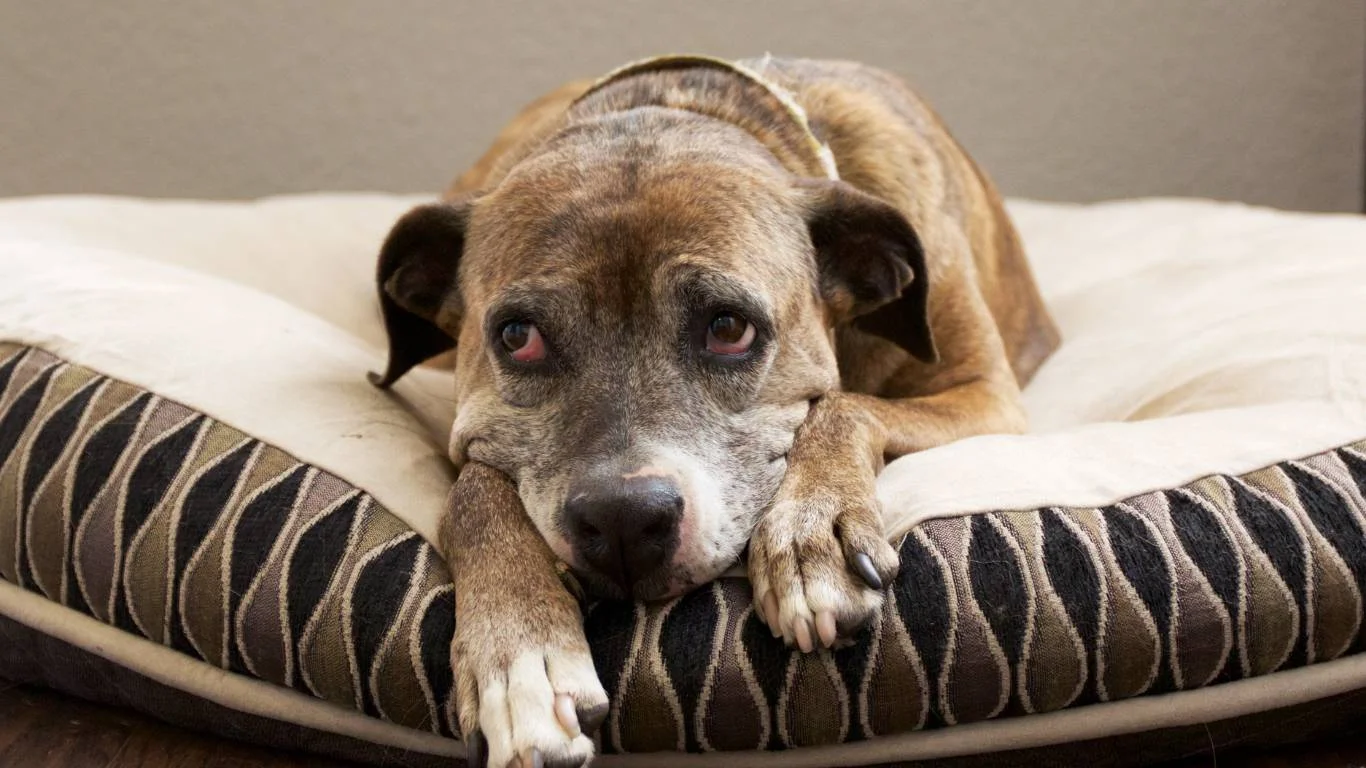
1. Flea and Parasite Treatment
If fleas, ticks, or mites are the cause of your dog’s fur loss, the first thing you should do is treat for these parasites. Fleas, in particular, can cause a lot of itching, irritation, and eventually bald patches from constant scratching. In my personal experience, I’ve seen dogs recover rapidly once they’re free of these pests. Start with a quality flea treatment, such as topical medications or oral pills, which can be recommended by your vet.
It’s important to treat not just your dog but also your home and yard. Fleas can live in carpets, bedding, and furniture, so be sure to vacuum thoroughly and wash all of your dog’s bedding regularly. You can also use flea sprays around the house to prevent reinfestation. And don’t forget about your yard – fleas love to hide in tall grass, so keep the lawn trimmed to minimize the risk of fleas coming back.
2. Addressing Allergies in Your Dog
If allergies are causing the fur loss, whether from food, environment, or fleas, the treatment plan will depend on the source of the allergy. Food allergies are usually managed by eliminating the suspected ingredient from your dog’s diet. In my experience, switching to a limited-ingredient diet or even trying an elimination diet under a vet’s guidance can give you a clearer picture of what might be triggering the allergy.
For environmental allergies, the treatment typically involves avoiding the allergens when possible. For example, if your dog is allergic to pollen, limit outdoor walks during high pollen seasons or wipe their paws off when they come back inside. You can also try giving your dog an allergy medication, like antihistamines, or using medicated shampoos to soothe the skin.

3. Treating Fungal Infections (Like Ringworm)
If a fungal infection like ringworm is the cause of your dog’s fur loss, treatment will typically involve antifungal medications. Depending on the severity, your vet may recommend topical treatments like creams or shampoos, or oral medications for more widespread infections. I always advise pet owners to be diligent with treatment, as fungal infections can be contagious to both other pets and humans in the household. So be sure to wash your hands after handling your dog and clean up any bedding or toys that may have come into contact with the fungus.
Along with medication, it’s important to keep your dog’s environment clean and dry, as fungi thrive in warm, moist areas. Regularly cleaning their bedding, toys, and any other items they frequently use can help speed up recovery and reduce the risk of reinfection.
4. Managing Hormonal Imbalances
If your dog’s fur loss is due to a hormonal imbalance like hypothyroidism or Cushing’s disease, treatment will require veterinary intervention. For hypothyroidism, your vet will likely prescribe synthetic thyroid hormone supplements to restore normal hormone levels and improve the condition of your dog’s coat. It can take a few weeks to notice improvement, so patience is key.
For Cushing’s disease, treatment is a bit more complex, and your vet may recommend medication or even surgery in severe cases. Dogs with Cushing’s disease often require lifelong treatment, but with proper care, many can live a long, healthy life. Again, it’s crucial to work closely with your vet to monitor your dog’s condition and adjust treatment as needed.

5. Coping with Stress-Related Fur Loss
When stress or anxiety is the culprit behind your dog’s fur loss, the treatment plan typically involves addressing the root cause of the stress. If you’ve recently experienced a major life change—like moving to a new home, adding a new family member, or even just a change in your dog’s routine—it’s important to provide a stable, comforting environment for your pet.
In some cases, your vet may recommend anti-anxiety medication or suggest behavioral therapy to help manage your dog’s stress. There are also plenty of calming products available, from calming collars to herbal supplements, which can help soothe your dog and reduce the urge to chew or lick excessively. I’ve personally seen how much these tools can help dogs with anxiety, but you’ll want to discuss all options with your vet to determine what’s best for your dog’s specific situation.
Preventing Future Fur Loss
While treating your dog’s current fur loss is important, prevention is just as key. Once your dog is healthy and their fur has grown back, you’ll want to take steps to minimize the chances of it happening again. Here’s what you can do:
- Regular Grooming: Regular brushing helps to keep your dog’s coat healthy by removing loose fur, dirt, and debris. Plus, it gives you a chance to spot any signs of skin irritation, parasites, or hair loss early on.
- Maintain a Healthy Diet: Nutrition plays a huge role in the health of your dog’s skin and coat. Make sure your dog is eating a well-balanced diet with high-quality protein, fatty acids, and essential nutrients.
- Consistent Parasite Prevention: Use a reliable flea and tick preventative year-round to keep your dog free from parasites. Even if you live in an area where these pests are more seasonal, it’s best to maintain a preventative routine to avoid any surprises.
- Manage Stress: Provide a stable and comforting environment for your dog. If your dog suffers from separation anxiety or other stress-related issues, consider providing them with puzzle toys or even consulting a professional trainer for help.
Prevention isn’t just about treating an existing issue—it’s about staying on top of your dog’s health and keeping them happy and comfortable. If you notice any changes in their coat or behavior, don’t hesitate to reach out to your vet for guidance. With the right care, your dog can keep their fur looking shiny and healthy!
When to See a Vet About Your Dog’s Fur Loss
While it’s natural to want to help your dog at home when you notice fur loss, there are times when it’s crucial to seek professional help. In my experience as a Veterinary Assistant, I’ve seen how a timely visit to the vet can make all the difference in your dog’s recovery. Sometimes, the underlying cause of fur loss is more complex than fleas or allergies, and it’s essential to get a proper diagnosis before the condition worsens.
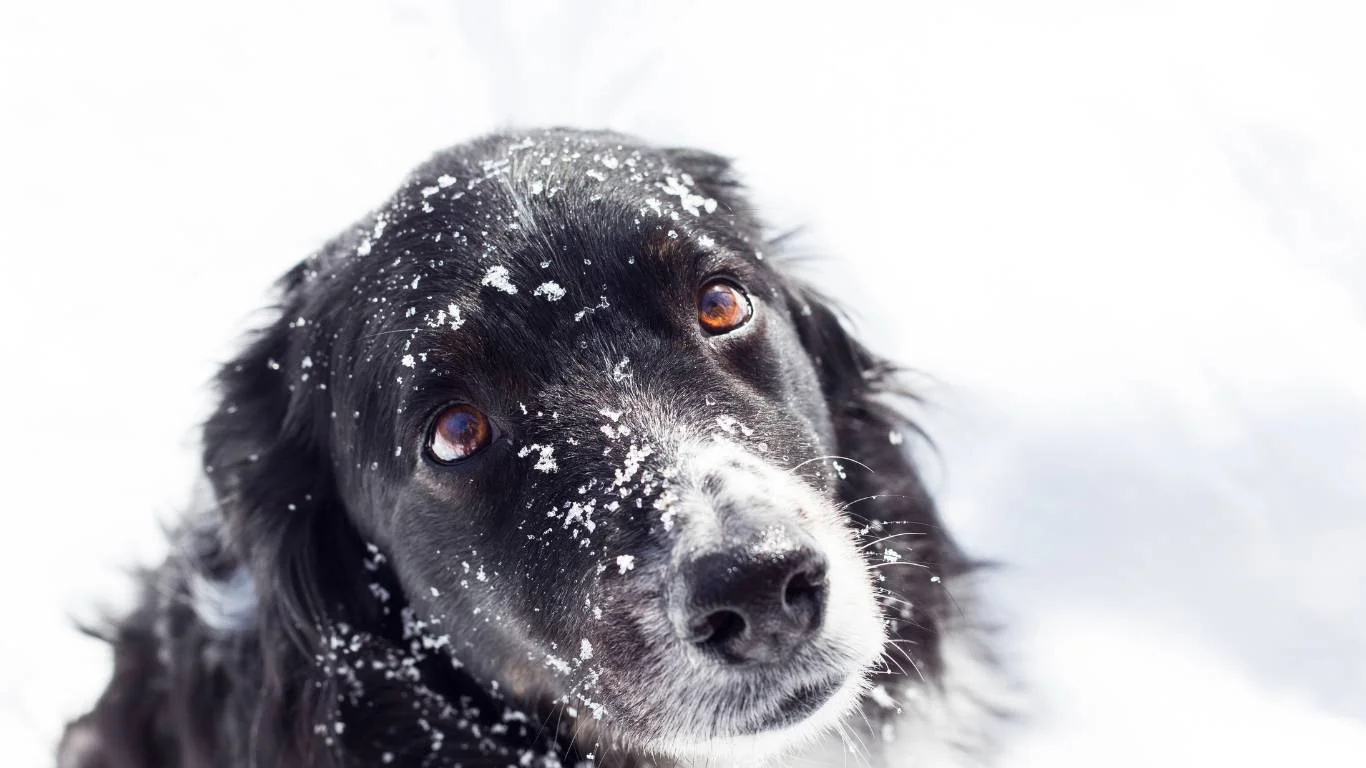
Signs That You Should Take Your Dog to the Vet
If you’re wondering whether it’s time to call your vet, look for these signs:
- Excessive Scratching or Biting: If your dog is constantly scratching, licking, or biting at the affected area, it could be a sign of infection or intense irritation. Persistent scratching can cause more damage, and it’s best to consult your vet to address the issue before it gets worse.
- Red or Inflamed Skin: If the skin beneath the fur is red, inflamed, or oozing, it could indicate a more serious infection, and professional treatment is necessary.
- Fur Loss Spreading: If the fur loss isn’t limited to one area and begins spreading to other parts of your dog’s body, it may point to a systemic issue like a hormonal imbalance or fungal infection.
- Other Symptoms: If your dog is showing other signs such as weight loss, lethargy, or changes in appetite or behavior, it’s essential to see your vet right away. These could be signs of an internal problem, like hypothyroidism or Cushing’s disease.
- Persistent or Unexplained Fur Loss: If the fur loss continues despite your efforts at home, it’s time for a vet visit. This could suggest an underlying condition that needs medical attention.
What to Expect at the Vet
When you take your dog to the vet for fur loss, the veterinarian will typically perform a thorough examination. They may ask about your dog’s diet, lifestyle, and any recent changes at home. From there, they may conduct additional tests, such as:
- Skin Scrapes or Biopsy: If they suspect a skin infection or parasite, your vet may take a skin scrape to examine under a microscope or recommend a biopsy to rule out other causes.
- Blood Work: Blood tests can help check for underlying hormonal imbalances, like hypothyroidism or Cushing’s disease.
- Fungal Cultures: If a fungal infection like ringworm is suspected, your vet may take a sample of the fur or skin to culture for fungal growth.
Depending on the diagnosis, your vet will recommend an appropriate treatment plan to address the issue and prevent future problems. Treatment options can range from topical ointments for fungal infections to medication for allergies or hormonal imbalances.
Home Remedies and Natural Treatments for Fur Loss
While seeing a vet is the most important step in addressing fur loss, there are also some natural and home remedies you can try in conjunction with professional treatment. I’ve seen these remedies help soothe irritated skin and support your dog’s recovery process. However, always consult your vet before trying new treatments, as some home remedies may not be suitable for all conditions.
1. Oatmeal Baths for Itchy Skin
If your dog is experiencing itchy skin, an oatmeal bath can provide relief. Oatmeal has soothing properties that help calm inflamed skin and reduce itching. Simply grind plain oatmeal into a fine powder and add it to lukewarm bath water. Gently soak your dog for a few minutes, then rinse them off with clean water. Just be sure to avoid using any soap or shampoo that could further irritate their skin.
2. Coconut Oil for Skin and Coat Health
Coconut oil is another natural remedy that can support skin and coat health. It has antifungal and moisturizing properties, which can help soothe dry, irritated skin and promote hair regrowth. You can apply a small amount of coconut oil directly to the affected areas or mix it with your dog’s food to support overall skin health. I’ve personally seen great results with coconut oil, especially in dogs with dry, flaky skin.
3. Aloe Vera for Skin Irritation
Aloe vera is a gentle, soothing treatment for irritated or inflamed skin. If your dog’s skin is red or sore from scratching, you can apply pure aloe vera gel directly to the area. Just be sure to avoid any products with added chemicals or fragrances that could further irritate your dog’s skin. Aloe vera can help cool and hydrate the skin, making it a great option for promoting healing.
4. Omega-3 Fatty Acids for Coat Health
Adding omega-3 fatty acids to your dog’s diet can improve the health of their skin and coat, helping to prevent fur loss due to dry or flaky skin. Omega-3s can be found in fish oil supplements or fatty fish like salmon. These healthy fats reduce inflammation and support healthy fur growth. I always recommend discussing the right dosage with your vet, as too much can cause other health issues.
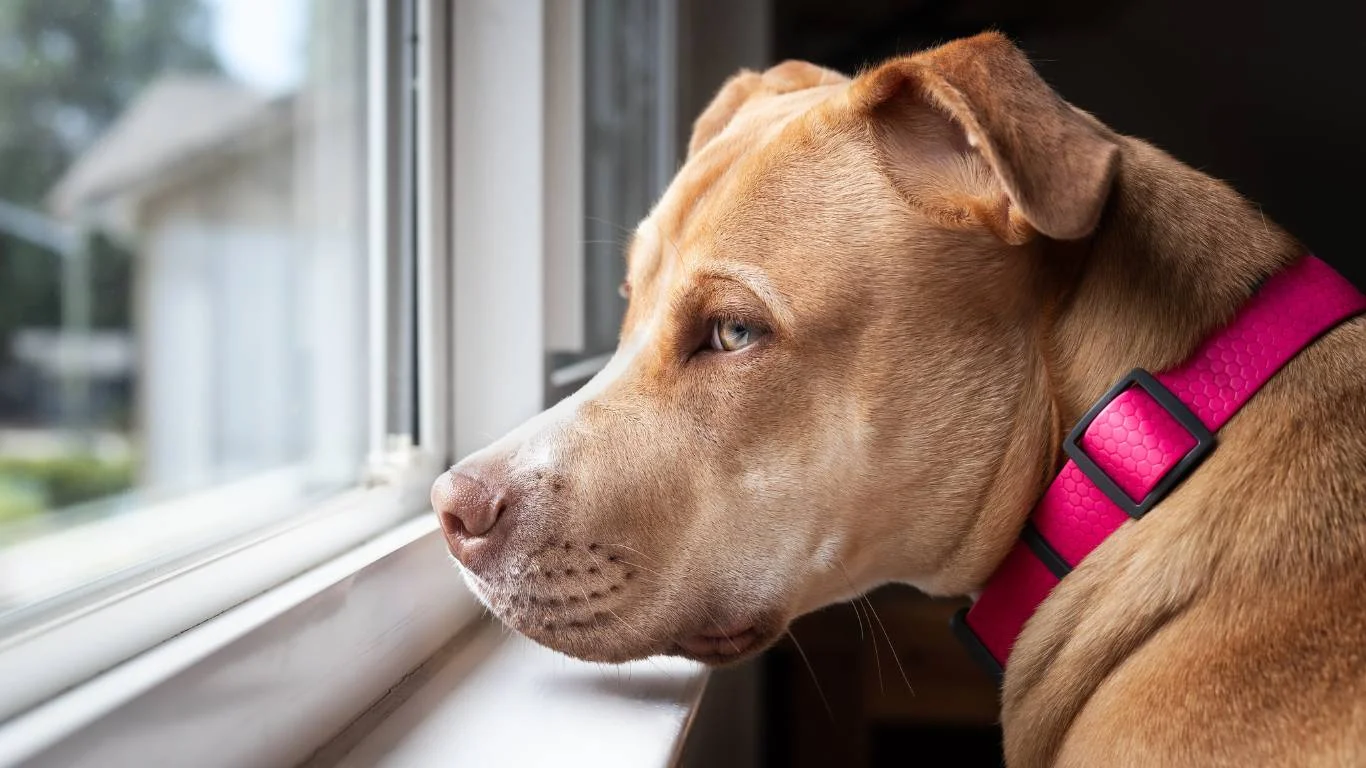
References and Resources
If you’re looking for more information about your dog’s fur loss or other related health topics, here are a few resources I recommend:
- American Kennel Club (AKC) – Provides expert advice on dog health, nutrition, and behavior.
- American Veterinary Medical Association (AVMA) – Offers useful information about common veterinary issues and how to keep your dog healthy.
- PetMD – A reliable resource for pet health information, including treatments for fur loss and other skin conditions.
Disclaimer
While I aim to provide helpful information based on my personal experience as a Veterinary Assistant with a focus on nutrition, this article should not replace professional veterinary advice. If your dog is experiencing fur loss or any other health issues, it’s always best to consult your veterinarian for a proper diagnosis and treatment plan. Every dog is unique, and what works for one may not work for another.
